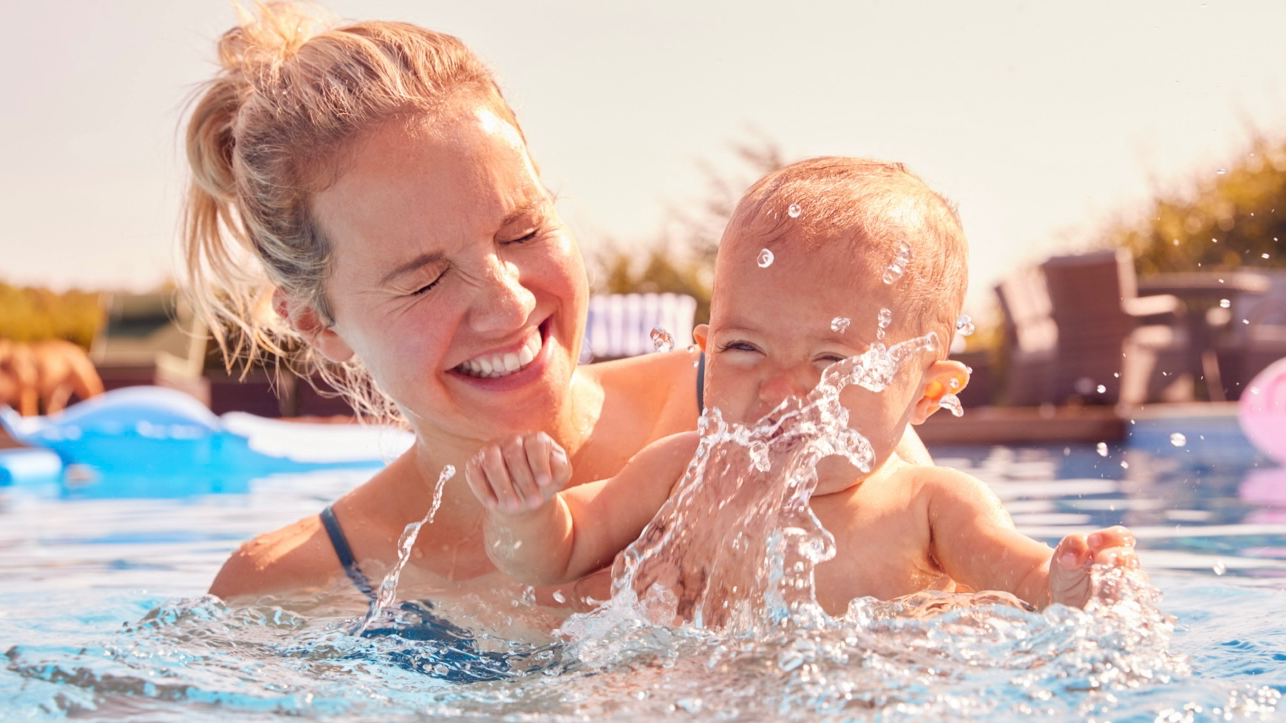How Soon Can You Dive In? Swimming After a C-Section Explained
Welcoming a baby into the world is an exhilarating experience, but the recovery process, especially after a C-section (cesarean delivery), requires patience, care, and a whole lot of self-love. One common question many new moms have is, “When can I swim after a C-section?” Whether you’re craving a refreshing dip in the pool or simply looking forward to some much-needed relaxation, understanding the best time to dive back in is essential for a smooth recovery.
This guide breaks down everything you need to know about swimming after a C-section, from the healing timeline to safety tips, and why it’s important to let your body fully recover before you take the plunge.
Understanding the Healing Process After a C-Section
Before diving into swimming specifics, it’s important to understand the healing journey following a C-section. A C-section is major abdominal surgery, and while it’s a common procedure, it involves several layers of tissue, muscles, and skin that need time to heal properly.
Here’s a basic breakdown of what happens after your C-section:
– First 1-2 weeks: This is the most critical time for healing. You may experience swelling, bruising, and tenderness around your incision. During this phase, your body is healing from the inside out.
– 2-6 weeks: The surface incision will begin to heal, and you may feel more comfortable moving around. However, the deeper layers of tissue are still recovering.
– 6-8 weeks: Most doctors recommend a postpartum check-up at this time to assess how well your incision has healed. If everything looks good, this is often when you’ll be cleared for light activities.
– Beyond 8 weeks: Full recovery from a C-section can take several months. Even though the incision may look healed on the outside, your body is still working on healing deeper layers of tissue.
When Can You Safely Swim After a C-Section?
The general rule of thumb is that you should wait at least 6-8 weeks after a C-section before going swimming. But before you grab your swimsuit, it’s essential to get the green light from your doctor during your postpartum check-up.
Why 6-8 weeks? During this period:
– Your incision should have healed enough to prevent infection.
– Your body needs time to repair the tissues that were cut during surgery.
– Bleeding (lochia) after childbirth should have completely stopped. Swimming while bleeding increases the risk of infection.
It’s important to remember that every woman’s body heals differently. Some may feel ready sooner, while others may need a bit more time. Always prioritize your own body’s signals and consult your healthcare provider if you’re unsure.
Why Rushing Back to the Pool is Risky
After surgery, your body is in a vulnerable state, and rushing into physical activities like swimming can pose some risks:
1. Infection
The risk of infection is the primary reason for delaying swimming after a C-section. Bodies of water—whether it’s a pool, lake, or ocean—can harbor bacteria. Even if the water is treated with chlorine, it’s not completely sterile, and the risk of introducing bacteria to your healing incision is higher.
2. Incision Irritation
Water can soften the skin around your incision, which may cause irritation or even slow down the healing process. While your scar may seem healed on the outside, the deeper layers are still vulnerable, and prolonged water exposure can disrupt the recovery.
3. Muscle Strain
Swimming is a full-body workout, and although it may feel like a low-impact exercise, it can strain your abdominal muscles, which are still healing from surgery. Engaging your core too soon can lead to discomfort, or worse, injury.
Tips for Swimming After a C-Section
Once you’ve got the go-ahead from your doctor, swimming can be a fantastic way to gently ease back into physical activity. It’s low impact, helps build strength, and can even relieve some of the stress that comes with motherhood. Here are some key tips to keep in mind as you reintroduce swimming to your routine:
1. Start Slow
Even if you feel like diving in and doing laps, take it easy at first. Start with gentle floating or light movements in the water. Allow your body to adjust to being in the water again before increasing intensity.
2. Avoid High-Impact Strokes
Swim strokes like the butterfly or even the breaststroke can put a lot of strain on your core. Start with gentler strokes, like the backstroke or sidestroke, which minimize strain on your abdomen.
3. Listen to Your Body
It’s easy to get carried away, especially if swimming is something you love. However, if you feel any discomfort or pain around your incision, stop immediately and give your body more time to recover. Remember, there’s no rush.
4. Keep the Incision Dry Post-Swim
Once you’ve finished your swim, be sure to dry your incision area thoroughly. Pat the area gently with a clean towel, and avoid rubbing it. If you feel any unusual redness, swelling, or discharge, consult your doctor.
5. Stay Hydrated
Swimming can sometimes mask how much you’re sweating, so it’s important to stay hydrated. Drink plenty of water before and after your swim, especially if you’re still breastfeeding, as this can help with overall recovery and energy levels.
Alternative Activities Before Swimming
If you’re itching to get active but swimming isn’t an option yet, there are other gentle activities you can explore while waiting for your body to fully heal:
1. Walking
Walking is a safe and gentle way to increase your activity level after a C-section. Start with short distances and gradually increase as you feel more comfortable.
2. Pelvic Floor Exercises
Strengthening your pelvic floor muscles with exercises like Kegels can help improve core stability and support overall recovery.
3. Gentle Stretching
Incorporating light stretching can help ease tension and improve mobility. Just be mindful not to overstretch your abdominal area.
How to Know You’re Ready
Beyond the basic timeline, how can you tell you’re ready to swim after your C-section? Here are a few signs to look for:
– Pain-free incision: Your incision should no longer be tender, red, or swollen.
– No more bleeding: Lochia (postpartum bleeding) should have completely stopped. If you’re still spotting, it’s not yet time to swim.
– Comfort with daily activities: If you’re able to move around comfortably, lift light objects, and engage in basic physical activities without discomfort, you’re likely in a good place to start swimming.
The Bottom Line
Getting back into the water after a C-section is something many moms look forward to, but it’s crucial to wait until your body is fully healed. While the typical recovery time is 6-8 weeks, always consult your healthcare provider to ensure your individual recovery is on track before heading to the pool.
Swimming can be an excellent form of exercise for new moms, offering relaxation and gentle re-entry into physical activity, but taking the proper precautions is key. Remember, postpartum recovery is unique for every woman, so take it slow, be patient with yourself, and give your body the time it needs to heal fully.
So, when can you dive in? Once you’ve crossed that 6-8 week mark and have the all-clear from your doctor, go ahead and enjoy the water—but always with safety in mind!











